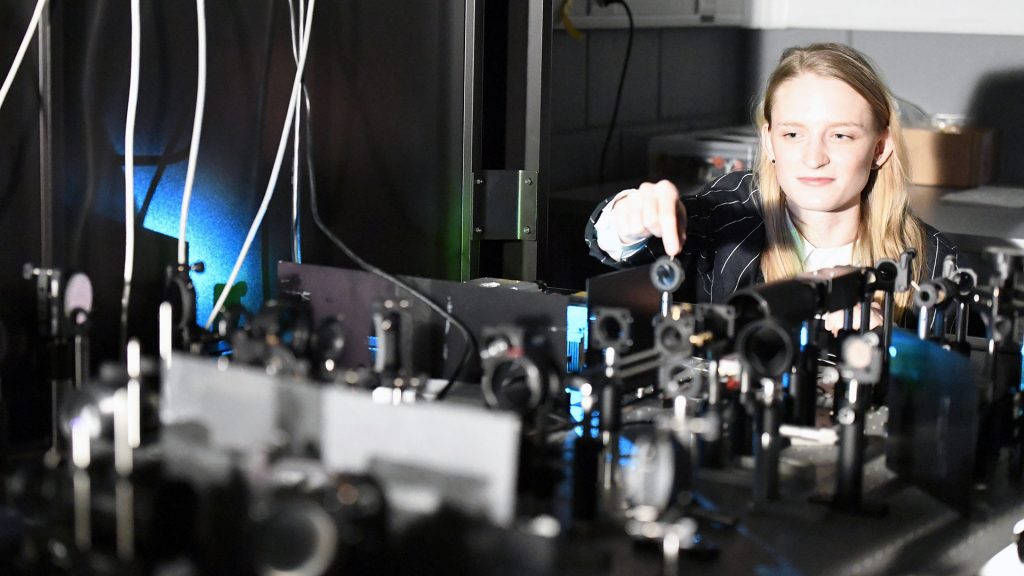Algorithms trained to interpret microscope data can greatly extend the information that can be derived from the resulting images, or even optimize how imaging experiments are conducted.
“If somebody can build a self-driving car, we can work on a self-driving microscope,” says Suliana Manley, who is developing instruments for super-resolution analysis of mitochondrial dynamics.

Despite the skeptics, the general concept of smart microscopy is steadily drawing interest from life scientists with hard imaging problems to tackle. “We collaborate a lot with biologists, and they’re just incredibly excited about it.”
Source: Nature Methods